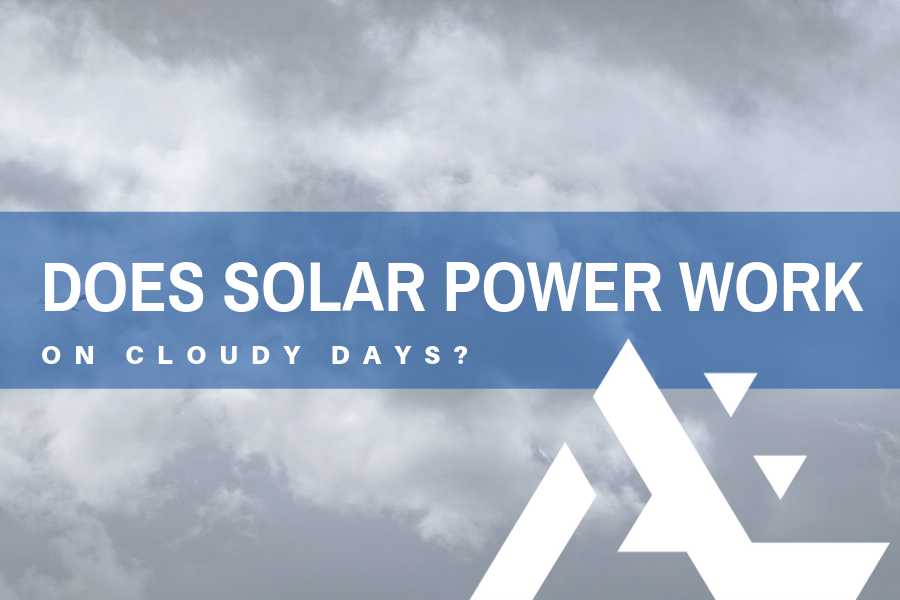Seattle solar power systems remain one of the most reliable and cost-effective alternative power solutions for homes and businesses. Finding a solar installer in Seattle can be a tough decision. However, we are here to answer all your questions on renewable energy solutions.
One of the most important questions asked is whether or not power will be generated on a cloudy day and how much power will be generated for use on such days. While this is a brilliant concern, the short answer is YES! Power will be generated on cloudy days.
However, the question of how much power will be generated on such days when clouds gather requires a more detailed and elaborate answer. Interested in finding out how much power your solar energy system will generate on cloudy days? Read below:
Does a cloudy day affect energy generation?
If you have ever been sunburned on a cloudy day, it is easy to understand the importance of solar radiation and its ability to penetrate the clouds. However, if you haven’t, read on.
Solar panels still produce electricity on cloudy days because solar radiation can penetrate the clouds. The amount of energy generated will depend on the thickness of the cloud cover and how much solar radiation is able to penetrate it onto the solar panel. Generally, on cloudy days, the efficiency of the solar panel can drop to as low as 10 to 25 percent thus producing less energy than expected on a fully sunny day.
However, depending on the solar panel being used, you may be able to get as much as 22 percent of energy generation on cloudy days. We recommend high-efficiency solar panels to get the optimum power from your solar pv system. Our solar experts can provide a free solar site survey to help you get customized information on the solar panel options available and their conversion rate.
What do solar panels use to generate electricity?
Solar panels are designed to convert solar radiation to Direct Current (DC). The direct current generated is then converted to an Alternating Current (AC) using the inverter. The alternating current is what powers most homes and offices. On a sunny day, the solar system produces between 95 – 99 percent of electricity which may be far more than your current needs, the excess power generated is then channeled back into the grid to be used by the utility, and in turn, you get credits via net metering.
You can find more information on net metering policies in Washington state here.
Summary of what you need to know about solar panels and cloudy days
Having discussed this topic above, below are some of the takeaways you should be aware of:
- Solar power does work on cloudy days and in cold locations. The amount of energy generated may be lower on cloudy days depending on the penetration of solar radiation and the efficiency of the panels.
- Solar does not require hot weather to generate electricity. Solar radiation is more important than temperature. A solar panel can work very well in areas that enjoy the sun but remain cold.
- Although partial shading can affect the amount of energy generated by the solar panel, solar panels have also been designed to prevent the effects of shading thus guaranteeing continued production of energy.
Book Your Free Solar Site Survey
Artisan Electric Inc
969 S Nebraska Street Suite A
Seattle, WA 98108
(206) 557-4215

